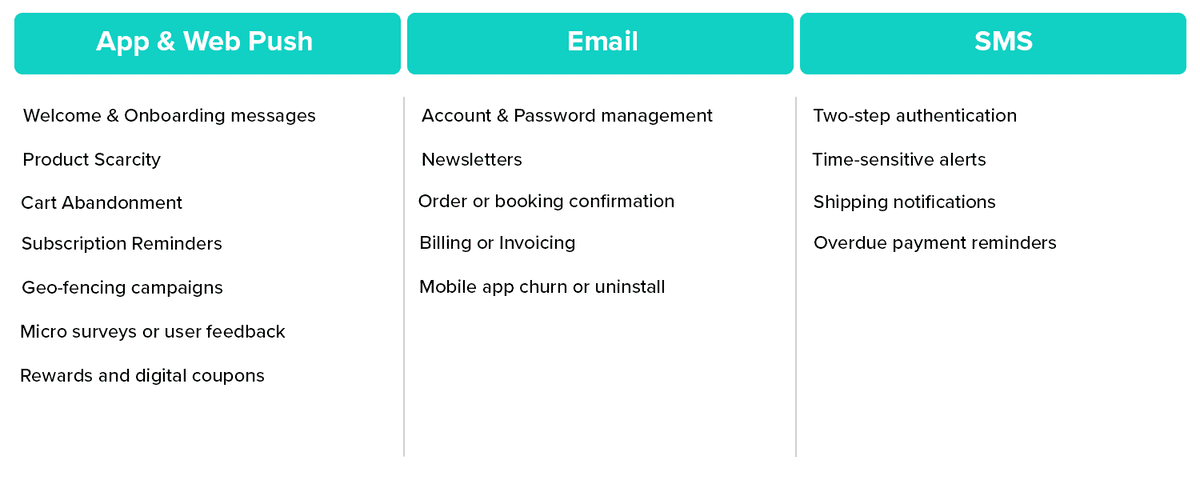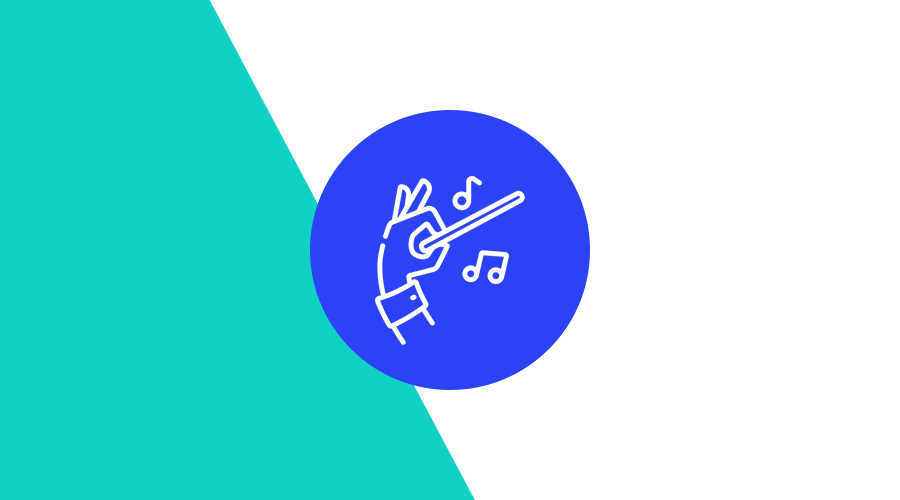In a previous post, we've talked about how you could create richer user profiles. In this post, we will now explore how you can plan and coordinate your messaging strategy across multiple channels.
Like a real-life orchestra, brands need to make sure their best performers play together for an audience. And just like real-life instruments, brands will use a combination of channels, data, and marketing knowledge to play the melody that users want to hear.
Mapping Customer Journeys
Most brands already have a plethora of insights and knowledge. They understand how their customers interact with all the brand's touchpoints and are able to meet them where they are at. This ability to map all your user's interactions is probably the most important step before designing a winning message orchestration.
The complexity of this process will obviously depend on how your marketing stack looks like, the technologies used and the channels available in those rich users profiles. Independently if you are reaching users via a mobile app, web push notifications, email, SMS or digital wallets, you will want to make sure you define the frequency and timing perfectly for best results.
Brands looking to create user-centric experiences need to convey information on different channels effectively. For example, you will be able to send much more information in a rich push message than you will in an SMS. Pretty much the same way, a location relevance text of a digital pass will have much more impact than a location based email message.
At the end of the day, marketing teams need to leverage the power of all these channels to greet the user with the right content, using the best channel, at the right time.
Preferences & Segmentation
Another important step and one often neglected, is the ability to collect the users' preference and transforming it into an important piece of information that enables better interactions. Any brand, in any vertical, has a valid case to offer a preference center in their mobile app or website. Allowing users to define how they want to be reached is probably the most valuable input with which you can enrich a user profile.
This segmentation is also a continuous work in progress. You should be able to provide a call-to-action in your messages that can take users directly to these preferences centers or that are able to automatically mute a channel, when the user decides to. Offering this type of convenience is not only nice to have, it is also how you can make sure they do not mute your brand completely.
Segmentation is also the bit of information that will link all channels together and with which you can infer knowledge about other channels when preparing a specific type of campaign. For example, you can automatically categorize customers while they browse a certain category of products on your website and use that information to trigger a highly relevant location based message in your app when they are around a store.
Some Practical Examples
Depending on the space where your brand operates, time-sensitive alerts, loyalty and reward reminders or purely informational messages, all contribute to increased customer satisfaction, reduce churn and overall engagement.
Here's a breakdown of some use cases per channel:

Ready to Orchestrate?
We are here to help. Our team can help you assess where your brand is at and what you need in order to unlock the full potential of all the channels where your users are.
Additionally, if you would like to see all of this in action, don't hesitate and request a demo today.


